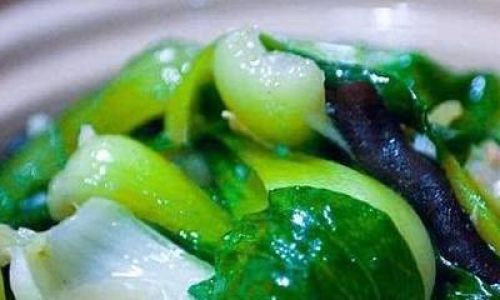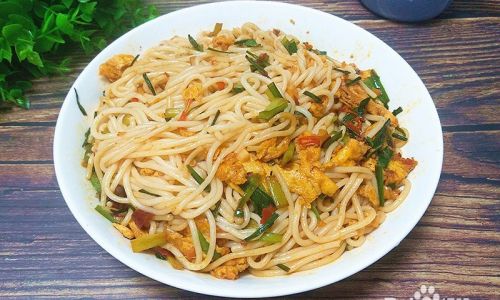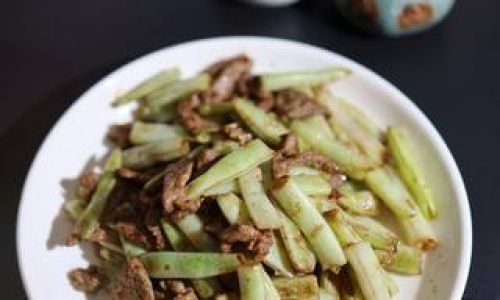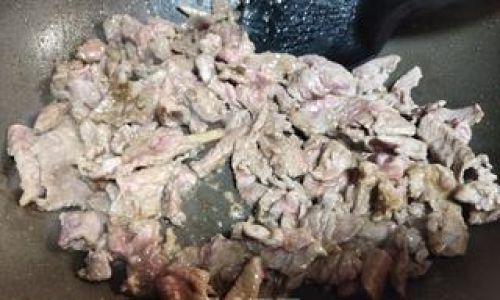Table of content
Properly storing cooked meals is a critical aspect of food safety, yet many home cooks struggle to determine how long their leftovers remain safe to eat. The refrigerator is a cornerstone of modern food preservation, but its effectiveness depends on understanding storage limits, temperature control, and the unique properties of different dishes. This article explores the science behind refrigeration, the factors influencing shelf life, and actionable tips to maximize freshness while minimizing health risks.
The Basics of Refrigeration and Bacterial Growth
Refrigerators slow bacterial growth by maintaining temperatures below 40°F (4°C), a range where most pathogens struggle to multiply rapidly. However, they do not halt spoilage entirely. Cooked dishes, especially those containing proteins like meat, poultry, seafood, or eggs, are particularly susceptible to bacteria such as Salmonella, E. coli, and Listeria. These microorganisms can double in number every 20 minutes under optimal conditions, making time-temperature control paramount.

The “danger zone” for food safety is between 40°F (4°C) and 140°F (60°C). Leaving cooked food at room temperature for more than two hours—or one hour in environments above 90°F (32°C)—allows bacteria to proliferate to dangerous levels. Refrigeration interrupts this process but does not reverse it. Thus, even chilled leftovers have a finite window before spoilage becomes inevitable.
General Guidelines for Cooked Food Storage
While no universal rule fits every dish, most cooked meals retain acceptable quality and safety for 3–4 days when stored correctly. This estimate assumes proper refrigeration, airtight containment, and minimal contamination during serving. However, exceptions exist. For example:
- Delicate proteins: Cooked fish, shellfish, and ground meat may last only 1–2 days.
- Hearty stews or casseroles: Dishes with acidic ingredients (tomatoes, vinegar) or low moisture content might extend to 4–5 days.
- Grains and pasta: Starchy sides often last 3–5 days but risk drying out or absorbing odors.
The U.S. Department of Agriculture (USDA) emphasizes that sensory cues—such as off-odors, slimy textures, or mold—are unreliable indicators of safety. Some bacteria, like Staphylococcus aureus, produce toxins resistant to heating, meaning reheating spoiled food will not eliminate risks.
Factors Influencing Shelf Life
-
Ingredients:

- Protein content: Meat, poultry, and seafood spoil faster than vegetable-based dishes.
- Dairy: Creamy sauces or cheese-heavy recipes (e.g., Alfredo, quiche) have shorter lifespans due to lactose fermentation.
- Acidity: Tomato-based sauces or dishes with vinegar/lemon juice may inhibit bacterial growth slightly.
-
Preparation Method:
- Fried or oily foods (e.g., fried chicken, stir-fries) develop rancidity faster than boiled or baked items.
- Moist environments (e.g., curries, soups) support bacterial growth more than dry dishes (e.g., roasted vegetables).
-
Storage Containers:
- Airtight, shallow containers (less than 2 inches deep) promote rapid cooling and reduce exposure to oxygen and contaminants.
- Glass or BPA-free plastic containers are preferable to foil or plastic wrap, which may trap moisture or allow leaks.
-
Refrigerator Conditions:
- A temperature above 40°F (4°C) accelerates spoilage. Use a thermometer to verify consistency.
- Overcrowding the fridge impedes airflow, creating warm pockets.
Category-Specific Storage Times
To provide clarity, here’s a breakdown of common cooked dishes and their recommended storage limits:

Meat and Poultry
- Chicken, turkey: 3–4 days.
- Beef, pork, lamb: 3–5 days (roasts last longer than ground meat).
- Deli meats: 2–3 days (reheated or not).
Seafood
- Fish (e.g., salmon, tilapia): 1–2 days.
- Shellfish (e.g., shrimp, crab): 2–3 days.
- Fried seafood: 1 day (batter becomes soggy and prone to rancidity).
Vegetarian and Vegan Dishes
- Grain bowls, stir-fries: 3–5 days (if primarily vegetables and grains).
- Legume-based dishes (e.g., chili, lentils): 4–6 days (acidity from tomatoes helps).
- Tofu scrambles: 3–4 days (dairy-free versions may last slightly longer).
Soups, Stews, and Curries
- Broth-based soups: 3–4 days.
- Cream-based soups: 2–3 days (dairy separates and spoils quickly).
- Curries with coconut milk: 3–4 days (oil content may extend shelf life).
Grains and Pasta
- Rice, quinoa, couscous: 4–6 days (store in airtight containers to prevent dryness).
- Pasta salads: 3–5 days (mayonnaise-based versions last 1–2 days).
Eggs and Dairy
- Scrambled eggs, frittatas: 3–4 days.
- Quiches, frittatas with cheese: 2–3 days (dairy fat oxidizes).
- Custards, puddings: 2–3 days (high moisture content encourages mold).
Advanced Tips for Extending Freshness
- Cool Rapidly: Transfer hot dishes to shallow containers and refrigerate within two hours. Avoid stacking warm containers, as this traps heat.
- Portion Control: Divide large batches into single-serving containers to minimize repeated reheating.
- Label and Date: Use masking tape or labels to track storage dates.
- Freeze Strategically: Most cooked dishes freeze well for 2–3 months. Use freezer-safe bags or containers, and thaw in the refrigerator overnight.
- Reheat Safely: Heat leftovers to 165°F (74°C) to kill bacteria. Avoid partial reheating, as this leaves cold spots for pathogens to thrive.
Common Myths Debunked
- “The sniff test works”: Spoilage bacteria often produce no discernible odor until dangerous levels are reached.
- “Freezing stops spoilage”: Freezing halts bacterial growth but does not kill existing pathogens. Thawed food must still be consumed promptly.
- “Marinades preserve meat”: Acidic marinades may tenderize meat but do not extend refrigerator shelf life.
When to Discard Leftovers
Err on the side of caution. Discard food if:
- It exceeds recommended storage times.
- The texture, color, or aroma is unusual (e.g., fizzing, excessive sliminess).
- Mold is visible (even if scraped off, roots may penetrate deeply).
- The container is bulging or leaking (signs of gas-producing bacteria).
Conclusion
Mastering refrigerator storage is a balance between convenience and safety. While the 3–4 day rule applies to most cooked dishes, variables like ingredients, preparation, and fridge conditions demand flexibility. By prioritizing rapid cooling, airtight containment, and vigilant monitoring, you can reduce waste without compromising health. Remember: When in doubt, toss it out. The cost of a meal is negligible compared to the physical and financial toll of foodborne illness.
In an era where sustainability and cost-efficiency are paramount, understanding storage limits empowers home cooks to enjoy leftovers responsibly. Whether you’re meal-prepping for the week or saving a family dinner, a little knowledge goes a long way in keeping your kitchen—and your family—safe.






0 comments